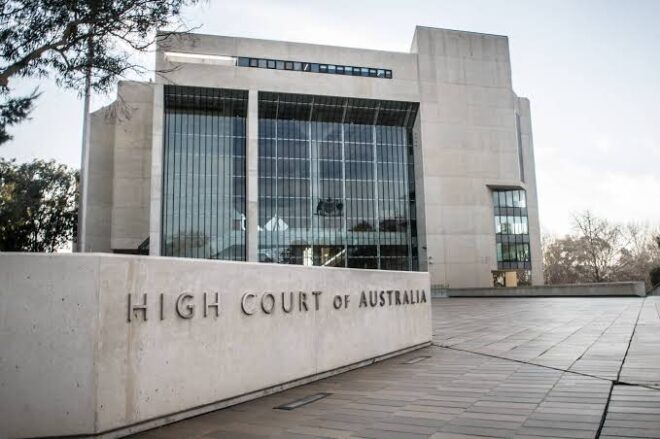
On 13 November 2024, the High Court of Australia delivered a significant ruling that has far-reaching implications for the doctrine of vicarious liability, particularly in the context of institutional accountability for the actions of individuals associated with them. In a unanimous decision, the High Court overturned the earlier appellate court’s ruling, concluding that vicarious liability cannot exist without a clear employer/employee relationship.
The Claim: A Brief Overview
The case at the centre of this ruling involved a plaintiff who alleged that he had been subjected to assault and sexual abuse by Father Bryan Coffey, a now-deceased priest, at his family home on two occasions in 1971. Initially, the Diocese of Ballarat, represented by its current Bishop, Paul Bird, was found vicariously liable for Coffey’s actions, despite the absence of an employment or agency relationship between Coffey and the Diocese. This decision was appealed, and the Court of Appeal upheld the initial finding. However, the Diocese was subsequently granted special leave to appeal to the High Court.
The High Court’s deliberation focused on three pivotal issues:
- Whether the concept of vicarious liability should be extended to relationships that are “akin to employment.”
- If vicarious liability was established, whether the Diocese could be held liable for Coffey’s conduct.
- Whether the Court should entertain the plaintiff’s contention that the Diocese had a non-delegable duty to protect the plaintiff from harm.
Arguments Presented by the Diocese
The Diocese presented several arguments in support of its appeal:
- They contended that the legal definition of vicarious liability is confined strictly to employer/employee relationships.
- They asserted that there was no direct liability owed to the plaintiff.
- They argued that the Diocese could not have foreseen the risk that Coffey posed, both prior to and during the time of the alleged incidents in 1971.
The High Court’s Assessment
The High Court’s joint judgment, delivered by Chief Justice Gageler and Justices Gordon, Edelman, Seward, and Beech-Jones, firmly rejected the notion of expanding the scope of vicarious liability beyond traditional employment relationships. The Court emphasised the necessity of a clear employer/employee dynamic as a prerequisite for establishing vicarious liability.
However, it is noteworthy to mention the separate opinion provided by Justice Gleeson. While she concurred with the majority’s orders, she offered a distinct perspective regarding the basis for the Diocese’s lack of vicarious liability. Justice Gleeson opined that the torts committed by Coffey were not within the scope of his duties as an assistant parish priest. Furthermore, she expressed regret that this case represented a missed opportunity for the evolution of Australian common law to reflect contemporary societal standards and to align with developments observed in other common law jurisdictions.
Implications of the Ruling
This ruling by the High Court serves as a critical juncture in the legal landscape surrounding vicarious liability and institutional responsibility. By firmly establishing the boundaries of vicarious liability within the confines of an employer/employee relationship, the Court has set a precedent that could limit the accountability of institutions for the actions of individuals associated with them, particularly in cases of historical abuse.
As society continues to grapple with issues of accountability, justice, and the protection of vulnerable individuals, the implications of this decision will undoubtedly reverberate through legal discourse and policy-making for years to come. The conversation surrounding the responsibility of institutions, especially in the context of safeguarding against abuse, remains a pressing concern that will require ongoing scrutiny and engagement from all sectors of society.
This decision impacts not only on the legal framework but also on the broader societal expectations of justice and accountability.



